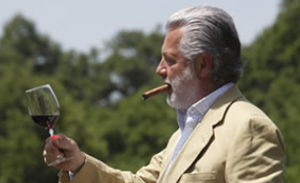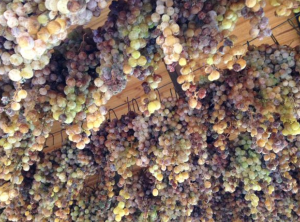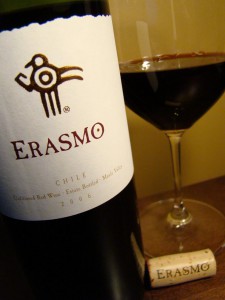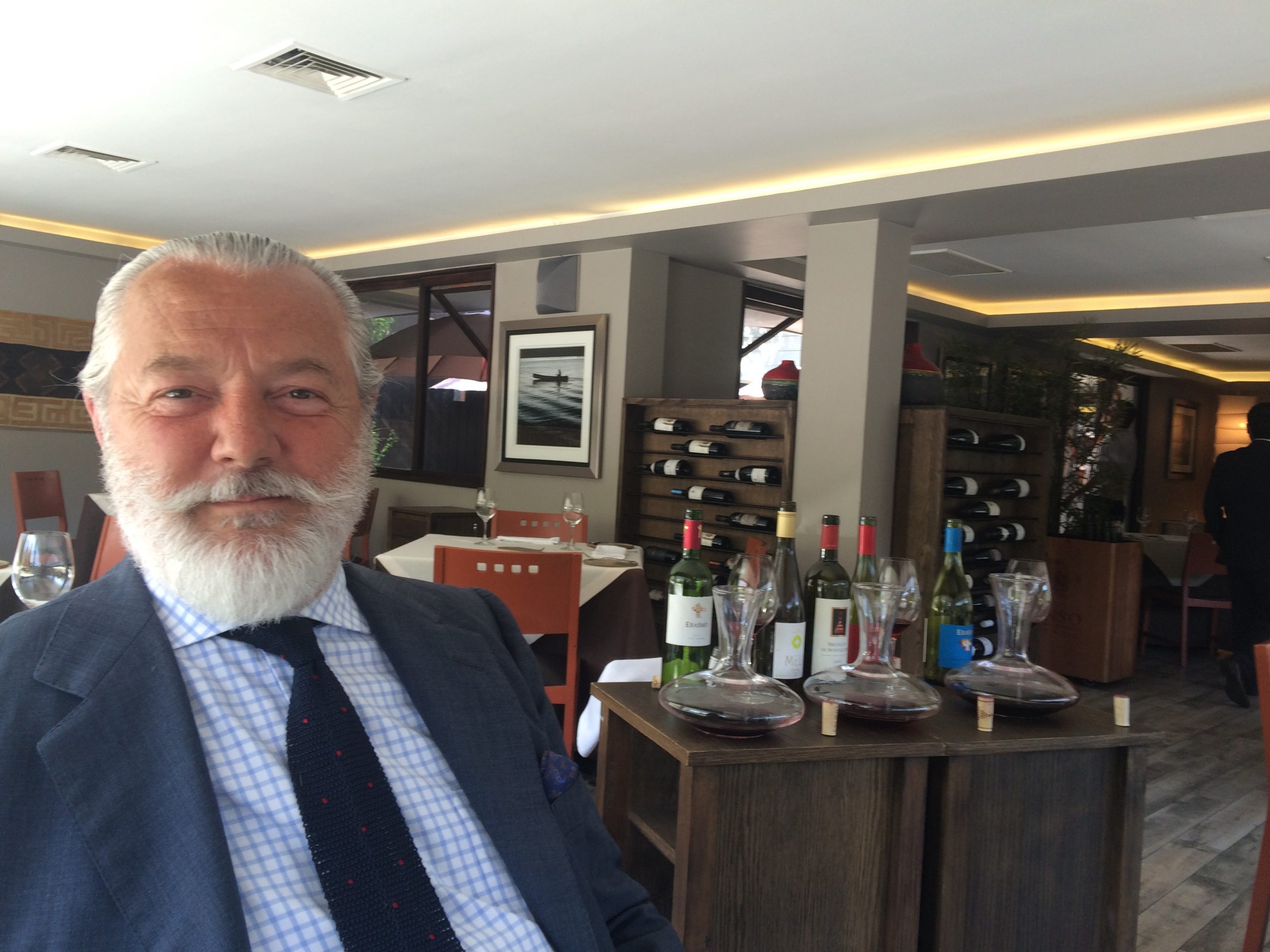Chile is an exciting wine country not only because of what the land itself holds, but also for the sorts of people its land attracts. One such sort of person is an Italian count. Count Francesco Marone Cinzano came to Chile over 20 years ago in search of creating his own wine project to add to the wine legacy of his family in Italy.
So why Chile?
“When I was looking for a place to start a new venture,” explains Francesco, “Chile had the most opportunity and potential for growth – and it had winemaking history! All the elements were right. The potential to me was apparent.”

Starting anew in South America can’t have been an easy decision considering the great weight he must have felt from his family legacy. Francesco’s ancestors have been making wine since the 16th century, and were the driving force behind making Asti sparkling wine, Cinzano vermouth and now they own one of the biggest Brunello estates – Col D’Orcia. It would be a fair assumption to say that the world was the Count’s oyster when it came to selecting where to plant his own roots, and it was Chile that caught his eye – and in particular Maule.
“At the beginning of the conquistadores they chose Maule and Itata as the place that was most suitable for dwelling – there was sufficient rainfall to sustain life,” he explains. “Then I discovered the best kept secret of Chile: 50% of the wine grapes are in Maule!”
Maule may well be the unsung hero of Chilean wine production, as the largest growing region in Chile albeit with lesser recognition than some of its more headline-hogging coastal and mountain neighbours. Although it was not only the numbers that convinced Francesco, but the conditions: dry and arid, a Mediterranean climate very similar to the south of Italy and the south of Greece. It was a climate he was all too familiar with, and now he just needed to find the right place. “I was lucky enough to find a place that had already be producing. I found an old colonial cellar made of adobe, and this beautiful alluvial terrace on the banks of the Maule river.”
The place he describes is his estate, Caliboro, where he makes his boutique collection of wines. While the land and the place felt right, something was amiss.
“I realised there was a poverty of genetic material in Chile,” he recounts, “and so I decided to specialise in that. I selected modern material to bring to Chile. When I arrived to Chile it was still all planted with pre-phylloxera material!”
He set out to bring the best clone selections from Europe in order to plant his vineyards. While bringing new rootstock is nothing new for Chile, the fashion in which the Count did was quite unparalleled. You get the feeling that this is not a man who does things by halves, and by halves he did not when he brought a record breaking 350,000 cuttings to Chile – the largest importation in Chile’s 500 year viticulture history, and never to be repeated again since SAG (the national agriculture body) put a prohibition on it for future winemakers.
That wealth of rootstock though is now shared with other producers as Caliboro has become a vine nursery, supplying all sorts of varieties to different producers throughout the country.
What was it that he brought to Chile? Many of the varieties in which he makes wine under the Erasmo label – Alicante, Mourvedre, Garnacha and Barbera to name a few.
“The real opportunity in Chile continues to be the discovery of new varieties. There’s a great wealth of places to be discovered with great micro climates, and micro valleys. There’s a huge potential with the combination of these elements.”
His wines reflect this diverse potential. Take his Barbera-Grenache as an example. “It is revolutionary. It’s blend that has never been attempted before not even by Australians! It’s a very modern wine, for people who want fresh fruit and easy drinking wines. Unpretentious – just pleasantness and drinkability.”
But more serious wines are also on the table. His Erasmo blend uses the classic Bordeaux varieties to make a rich, yet balanced, red blend capable of sitting alongside other great blends from around the world.
The only exception to his imported vines, was the discovery of an old lot of goblet-trained Moscatel in Maule which he uses now to make a dessert wine after dehydrating the grapes for three months after harvesting.

The richness of Chile’s history is something else that attracted him, and also urged him to try and pull Chile forward in some aspects. “It was bridging this 19th century Chile with the 20th, or 21st, century – that was what really motivated me. You must enjoy the new ways, but not lose the goodness of old ways.”
Part of bridging this gap was to continue to support the locals in Maule by buying all their produce – from raising the local turkeys to growing vegetables. The count lived in Chile for ten years between 1995 and 2005 to give legs to the estate, and during that time he tried to rejuvenate the local produce grown in the area.
Chile he feels can deliver on many levels, and should not be controlled or hemmed in by any regulation. When the Chilean Minister of Culture asked him how they should develop the appellation system in Chile and what rules should be brought in, the count’s response was point blank: “‘None!’, I said. Allow the private sector to decide, and don’t try and develop the same denominations and appellations as the Old World. The denominations in Italy have been inflated. People are just not interested. They aren’t attentive to big long explanations. There’s plenty of room for private sector groupings. MOVI and VIGNO came at the right moment.”
While he is happy to break the rules in Chile, there are some rules that he feels shouldn’t be broken. “You can’t make good Pinot Noir in Chile – only France, and you can’t make good Sangiovese here – only in Italy.”

“But here…” he tells me over a long lunch in Santiago, “I can do anything!”
The freedom that Chile affords is an emotion shared by many settlers in the country – and something that gives winemakers leeway to experiment, making it the exciting producing country it is today.

